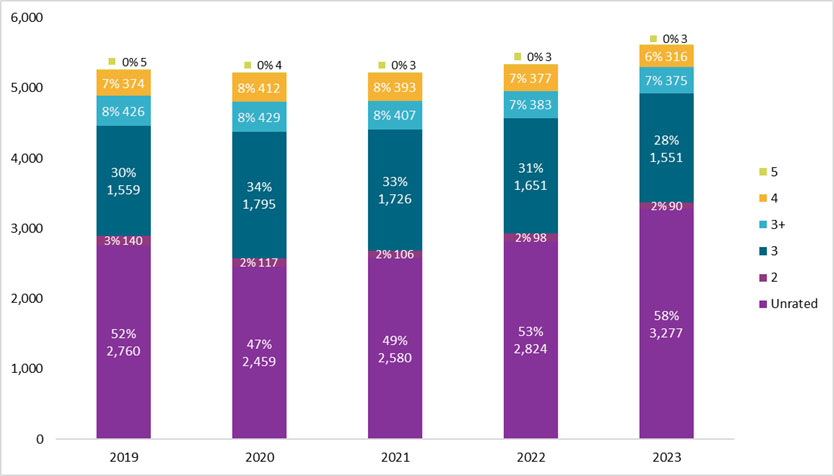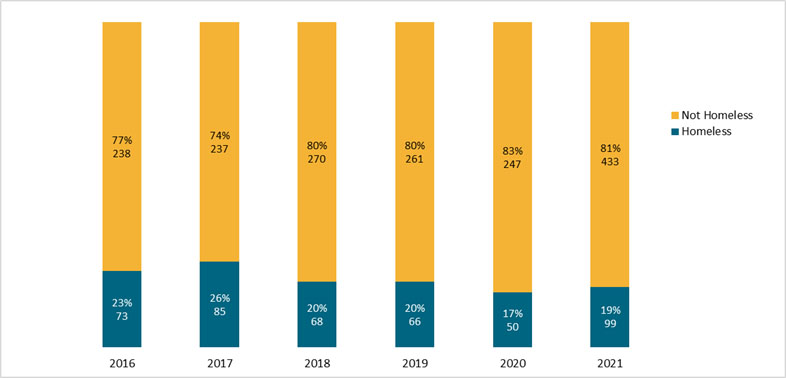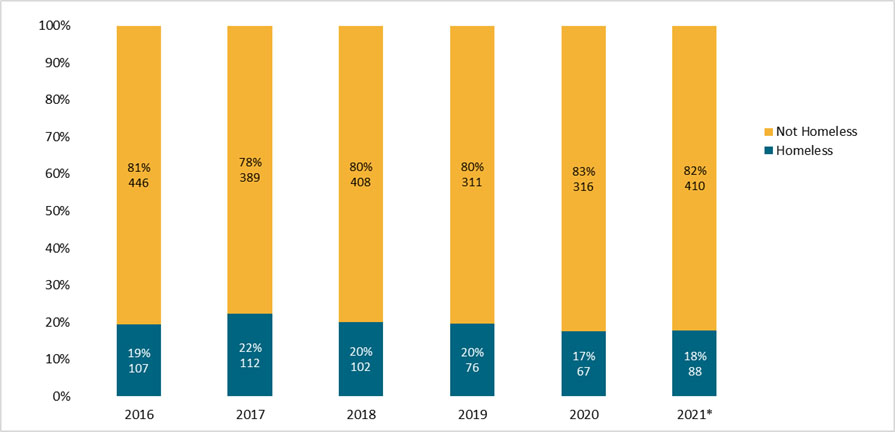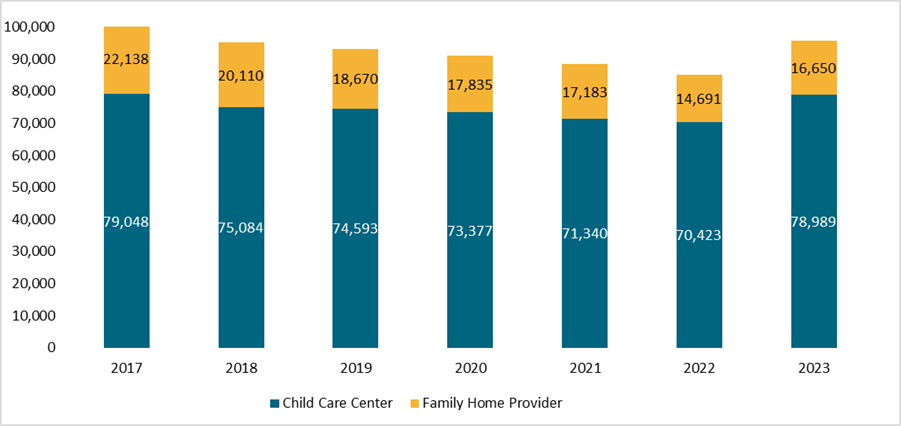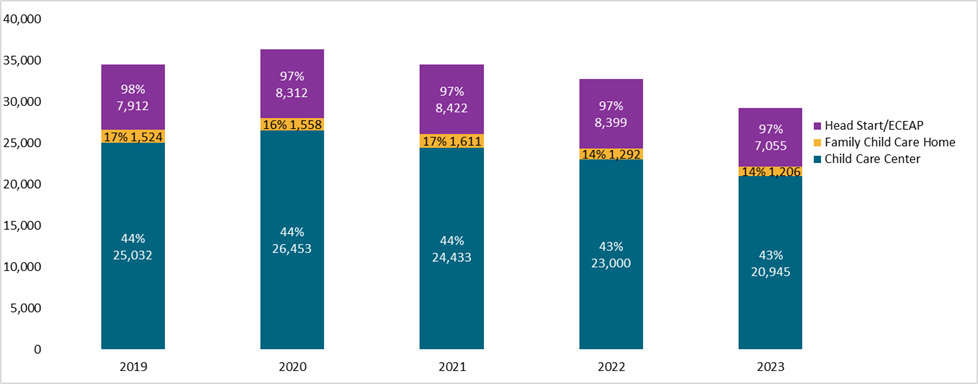Early Achievers Rated Providers
Early Achievers Rated Providers
Early Achievers is an easy-to-understand quality rating system for participating early care providers. DCYF monitors Early Achievers ratings as a balancing indicator for our priority to create a high-quality, integrated B-8 system. At the end of the 2024 state fiscal year, nearly 700 Early Achievers-enrolled providers were rated 3+ or higher, serving an estimate of over 28,000 non-school-age children.

